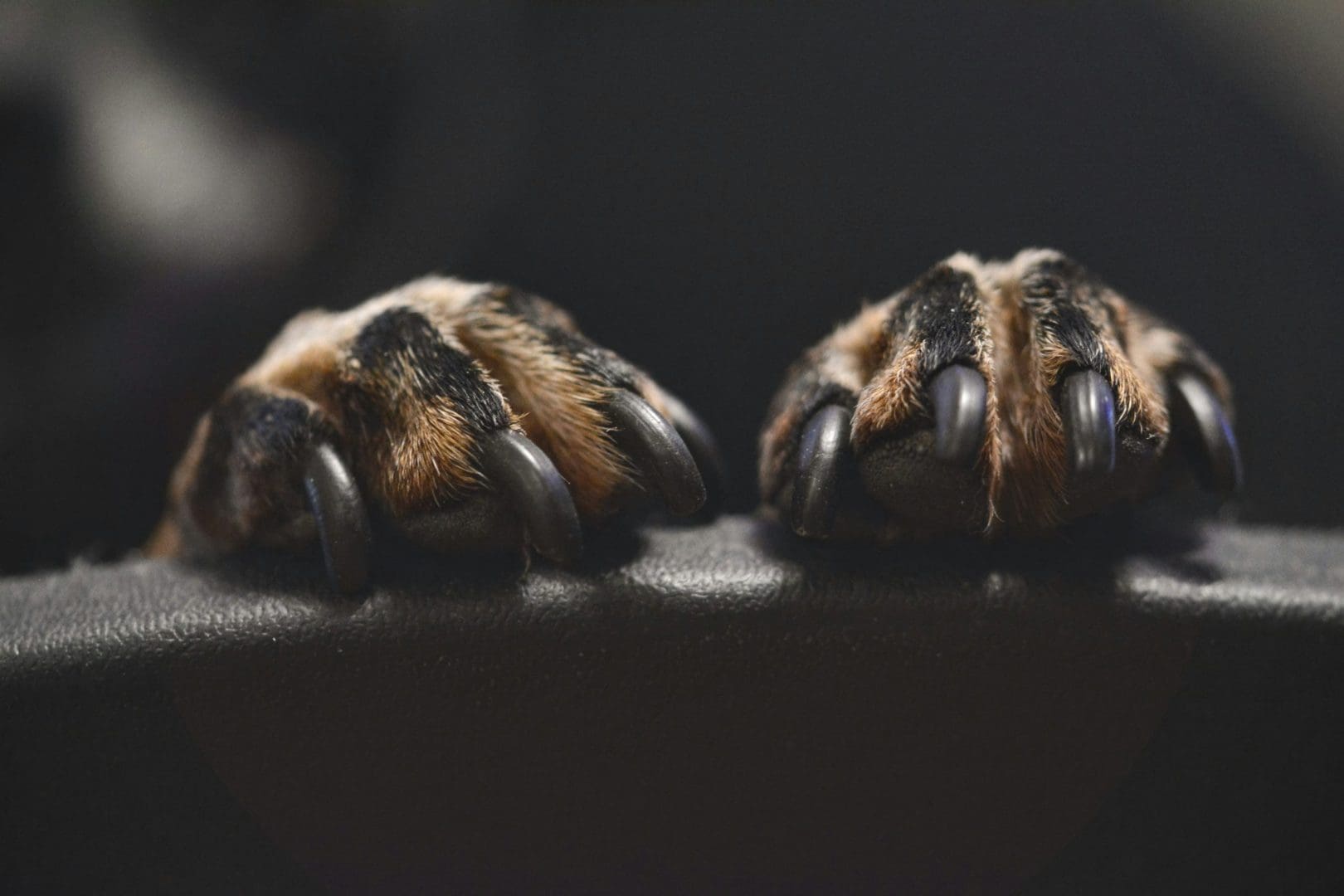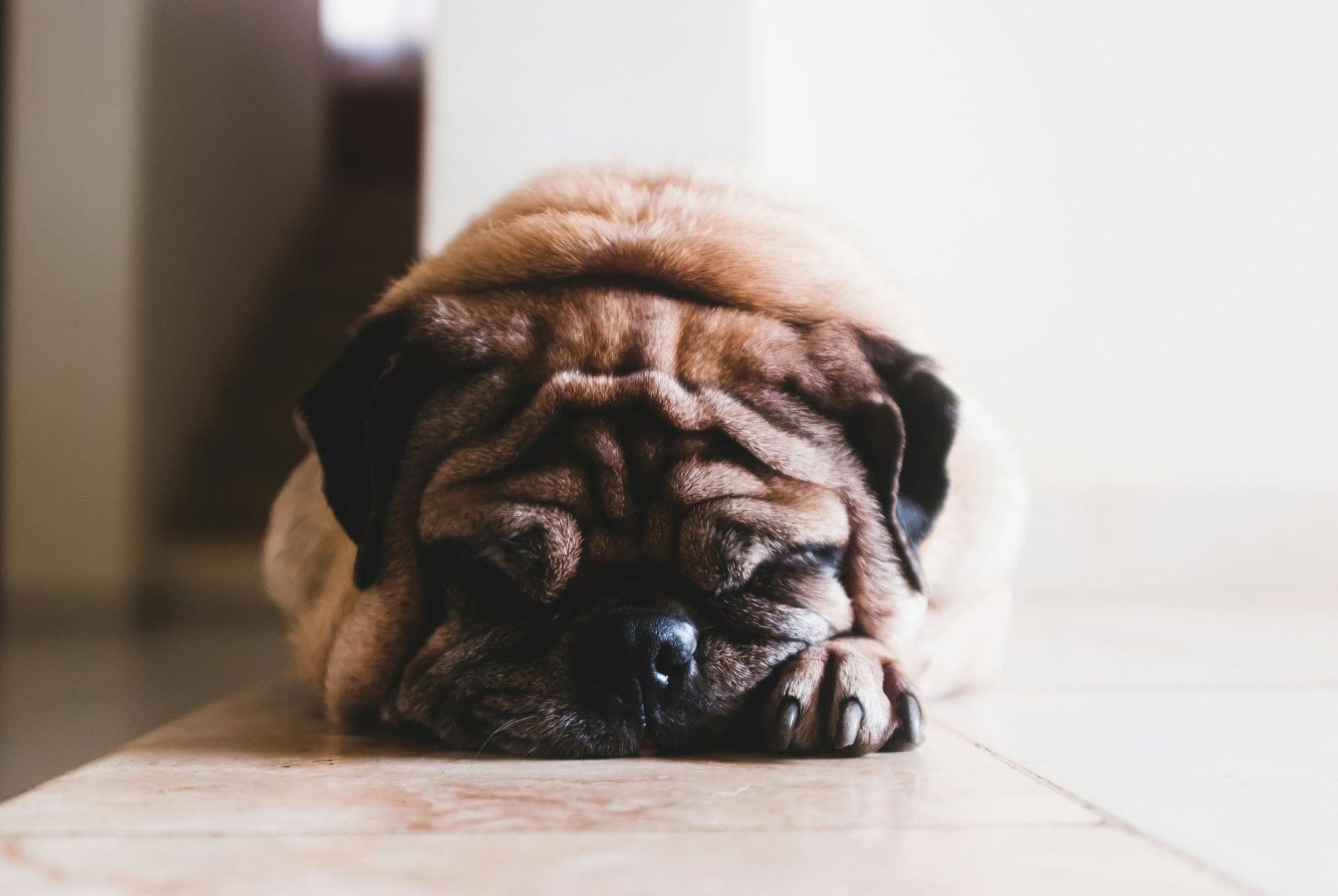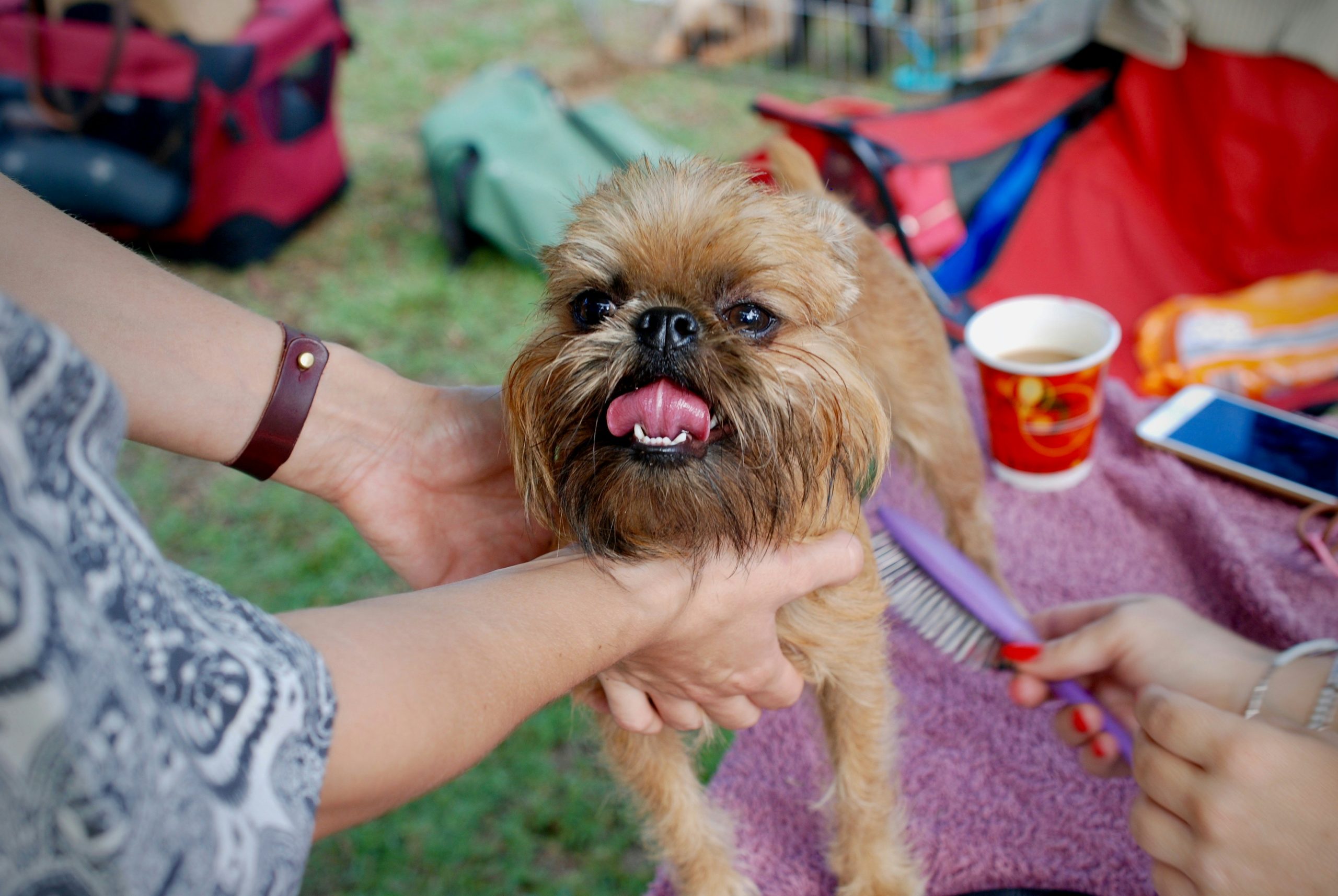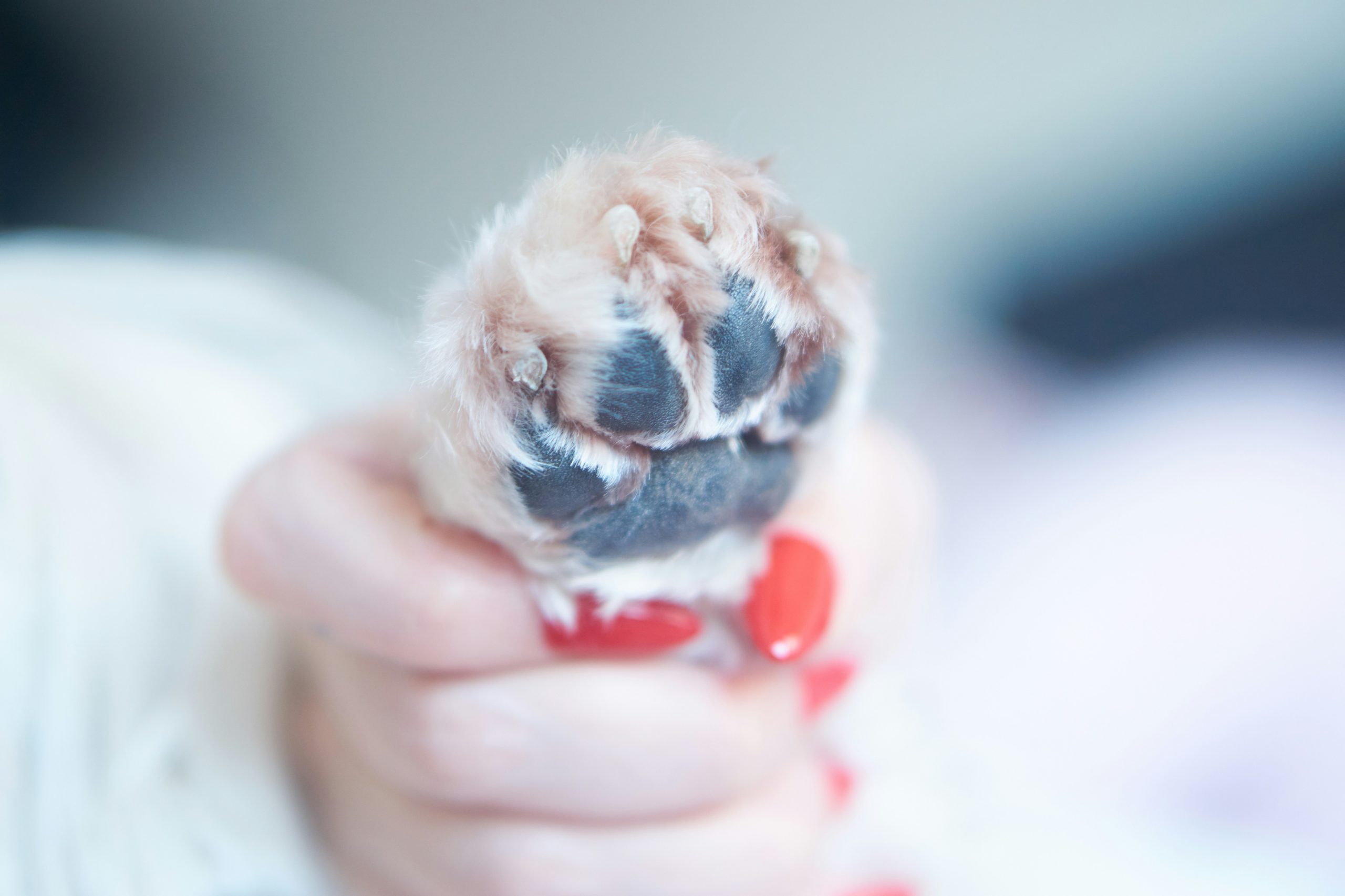The Ultimate Guide to Safe and Effective Dog Nail Trimming
Regular nail trimming is crucial for a dogs health and happiness, as it prevents pain, injury, and potential long-term damage, emphasizing the importance of proper nail care for pet parents.
Importance of Regular Nail Trimming for Dogs
Regular nail trimming is crucial for maintaining a dog’s health and overall well-being. Long nails can cause splayed feet, reduce traction, deform feet, and even lead to injury to tendons, which can significantly impact a dog’s mobility and comfort [1]. Moreover, neglected nails can exert pressure on the dog’s toes and footpads, causing discomfort and altering their gait over time.
It’s important to note that regular nail maintenance is not just a matter of aesthetics, but also has a direct impact on a dog’s physical health. When nails become excessively long, they can cause pain and irreversible damage to the dog, leading to various complications such as infections and discomfort during movement. For instance, long nails can result in the alteration of a dog’s natural posture and gait, which can lead to musculoskeletal issues and joint pain. Therefore, pet parents must prioritize regular nail trimming as part of their dog’s grooming routine to ensure their furry companions lead healthy and comfortable lives.
Signs of Overgrown Nails
Recognizing the signs of overgrown nails is crucial for understanding when a dog needs a trim. Clicking on hard floors can be an indication of excessively long nails, and long slender curves in the nails may also suggest overgrowth. For example, if you hear a clicking sound when your dog walks on a hard surface, it’s a clear sign that their nails are too long and need attention. Similarly, if you notice that your dog’s nails have started to curl or have a distinct curve, it’s a strong indicator that they are overdue for a nail trim.
Moreover, nails that extend past the quick can cause discomfort and potential injury to the dog, highlighting the importance of timely trimming to prevent such issues. An extended quick can result in the nail pushing against the sensitive quick, leading to pain and possible injury. It’s important to regularly check your dog’s nails and pay attention to these signs to ensure their comfort and well-being. Regular nail maintenance is not only about the physical appearance of the nails but also about preventing potential pain and discomfort for your furry friend.
Trimming Frequency for Dog Nails
When it comes to the frequency of nail trimming for dogs, it’s essential to consider the individual needs of each pet. While a general guideline is to trim a dog’s nails once a month, this can vary based on the dog’s lifestyle and habits. Dogs who spend the majority of their time indoors may need more frequent nail trims as their nails are not naturally worn down by outdoor activities. On the other hand, dogs that are more active outdoors may require less frequent trims due to the natural wearing down of their nails from walking and running on hard surfaces.
For example, a senior dog who spends most of their time indoors and has less physical activity may need more frequent nail trims compared to a younger, more active dog who regularly walks on concrete or other rough surfaces. Long nails can be painful for dogs and can lead to various health issues, so it’s crucial to maintain a regular nail trimming schedule that suits the specific needs of each dog.
Ultimately, the goal of regular nail maintenance is to prevent discomfort, pain, and irreversible damage caused by overgrown nails, emphasizing the importance of staying attentive to the individual needs of each dog when determining the appropriate trimming frequency.
Safely Trimming Dog Nails
When it comes to safely trimming your dog’s nails, it’s crucial to start early with training. Introducing your puppy to the sensation of having their feet handled and nails trimmed at a young age can help them become more comfortable with the process as they grow. For example, you can gently hold your puppy’s paw for short periods and gradually increase the duration as they become more relaxed and accustomed to the sensation.
Moreover, making the nail trimming experience enjoyable for your dog is essential for their overall well-being. Using distractions such as peanut butter or silicone mats can help alleviate any anxiety or stress your dog may feel during the process. For instance, smearing a small amount of peanut butter on a lick mat and providing it to your dog while you trim their nails can help keep them occupied and make the experience more positive. Additionally, breaking down the nail trimming into three sections, where you take off small amounts each time, can prevent accidentally cutting the quick, which can cause discomfort and bleeding. This method allows you to trim the nails gradually, reducing the risk of any mishaps and ensuring a more pleasant experience for your dog.
Tools for Dog Nail Trimming
When it comes to trimming your dog’s nails, using the right tools is essential for a successful and safe grooming experience. Dog-friendly clippers or grinders are the primary tools used for nail trimming, and they come in various shapes and sizes to cater to different dog breeds and nail types. For example, guillotine clippers are ideal for small to medium-sized dogs with thin nails, while scissor-style clippers are better suited for larger dogs with thicker nails.
In addition to traditional clippers, nail grinders are an alternative tool that can be used to file down the nails gradually. Grinders are particularly useful for dogs who are sensitive to the pressure applied by clippers or for pet owners who prefer a more controlled and gradual approach to nail maintenance. They also help to smooth out sharp edges and reduce the risk of splintering the nails, providing a more comfortable experience for the dog during and after the trimming process.
It’s important for pet owners to choose the right tools based on their dog’s individual needs and to maintain the tools properly. Keeping the clippers or grinders clean, sharp, and in good working condition ensures that the nail trimming process is efficient and minimizes the risk of any discomfort or injury to the dog. By selecting the appropriate tools and maintaining them well, pet owners can ensure that their dog’s nail trimming experience is as stress-free and safe as possible.
What to Do if a Dog’s Nail Bleeds
Accidents can happen during nail trimming, and if the quick is cut, it will bleed. However, this bleeding can be stopped with styptic powder, cornstarch, or even a bar of soap applied to the bleeding nail. These household items help to quickly clot the blood and stop the bleeding, providing immediate relief for your furry friend. In case of an emergency, it’s always a good idea to have these items on hand before starting the nail trimming process.
It’s important for pet parents to learn tips for preventing bleeding during the nail trimming process. One effective technique is to use a bright light or flashlight to illuminate the nail, making it easier to see the quick and avoid cutting it. Additionally, maintaining a calm and gentle approach while handling your dog’s paws can help minimize any sudden movements that might lead to accidental cuts. By staying attentive and focused, you can ensure a more controlled and precise nail trimming session, reducing the likelihood of bleeding and discomfort for your dog.
Conclusion
Regular nail maintenance is not just about aesthetics but is crucial for a dog’s overall health and happiness. Long nails can cause splayed feet, reduced traction, deformed feet, and injury to tendons, which can lead to pain and irreversible damage to the dog. For instance, if a dog’s nails become excessively long, it can cause discomfort and even affect their gait, leading to potential issues with mobility and joint health.
Encouraging pet parents to learn and practice safe nail trimming techniques is essential for the well-being of their furry companions. By starting to handle a puppy’s feet and trimming their nails when they’re young, pet owners can help them become more comfortable with the process. Making the nail trimming process more enjoyable for dogs by using distractions like peanut butter or silicone mats can also reduce anxiety and fear associated with the activity, fostering a positive association with nail care from an early age. Ultimately, highlighting the positive impact of proper nail care on a dog’s overall well-being can motivate pet parents to prioritize this aspect of their pet’s health.




